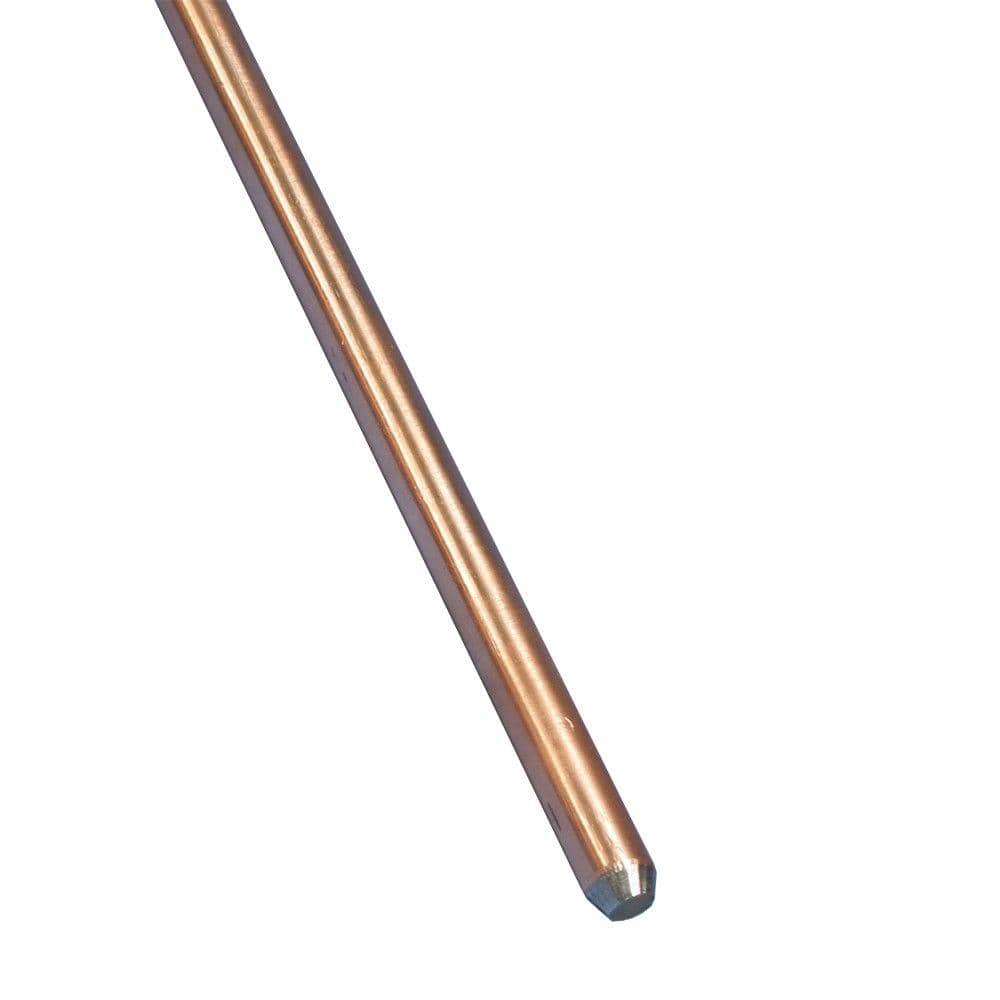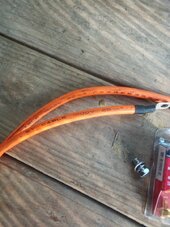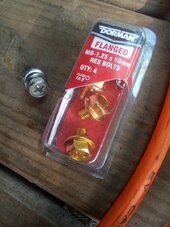robbob2112
Doing more research, mosty harmless
Solar set up
4 100v panels
2 200ah lifepro batteries
Shunt
Circuit breaker
Inverter
Charge controller
Y splitter
12awg for y splitter to scc
2 Breaker box (one for panels, one for inverter)
10awg wire breaker to inverter
Ground wire
Ground rod
Loading…
www.amazon.com
Fuse, holder, cap
Loading…
www.amazon.com
Breaker from panel to setup
Battery cable 2sets
2 sets of Two solar panels wired in a series, connected to system parallel.
12awg wire from the Y-splitter to SCC.
10awg wire from the AC to breaker box
###
Side note: Ok so I would prefer an AIO. But I don't have that amount all at once. Sorry.
There's a lot of info hear that's over my head. But, I'll buy the parts and figure it out. It takes me about 6 months or more to buy all the parts on this list. I'm assuming emergencies, unintended purchases. If I bite the bullet AND I'm lucky, Maybe 2 months.
I recognize BatterycablesUSA.com and Mouser.com are good websites. I just use one platform out of ease and habit. If it's all the same I'd like to use Amazon. If not let me know.
###
Amazon.com Shopping Cart
www.amazon.com
I'm hoping this is my final check in. If there's anything I don't need, or can be upgraded as few months after setup. Now the time to grant me mercy. Lol
By the way, all this assumes my batteries are not ruined. I still haven't had a chance to charge them up. I have about 7-9 generator hours a day with my gas rationed. So I'm waiting until I get paid to buy the extra gas for a continuous charge.
The wire looks fine.
One note though, you only need tinned wire in an outdoor or wet environment. So you can get the same cables in a non-tinned version.
Ground rod - 8ft in a trench at a slant angle or drive it in straight down. Will take a trip to a home depot or equivalent. If you can't do it with an 8ft for some reason 2 of the 4ft ones 6ft apart connected from single unbroken wire will accomplish nearly the same thing.
Fuse holder and fuse - cheap knockoffs out of sub standard materials are plentiful on amazon. I never buy fuses or holders other than Eaton, Littlefuse, Buss, Bussman, or blue sea systems (they use the brands mentioned and relabel and mark up) - if you want to buy them from amazon just stick to the real brands and from a reputable store that isn't just random letters from the alphabet.
These are the real deal and tested so you KNOW they work right.
A note on Amazon - I buy a lot of stuff on it, but I also find a lot of the time it is cheaper to go directly to the source website or company. For small items that are $10 or so on amazon the direct discount is less than half. Free shipping is never free.
No need to appologize for having a budget - There is always something I am lusting after but can't afford at the moment.
I do not see anything that sticks out as a hazard to life or property with your plan or list.
Last edited:







